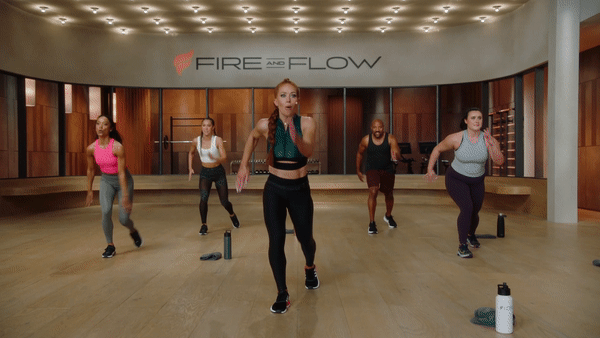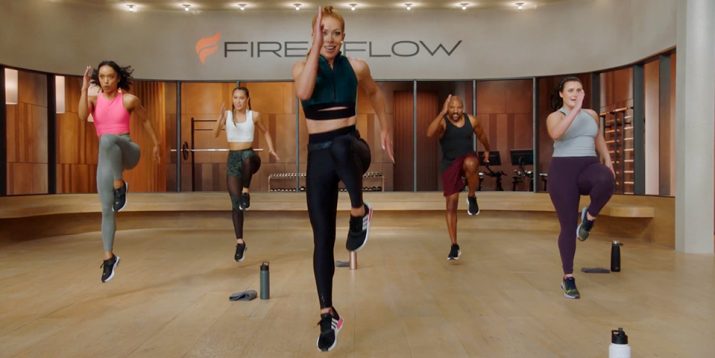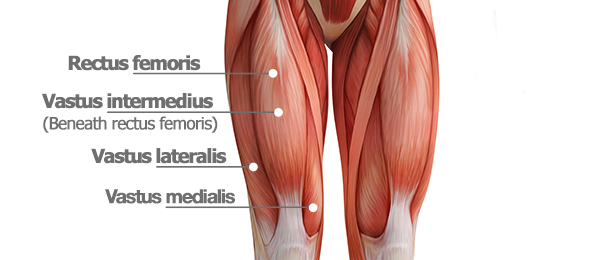For enhancing lower-body strength, power, and stability, it’s tough to beat the lunge. If you really want to turn up the intensity, there’s no better choice than the running lunge.
“Adding a single-leg vertical jump to the reverse lunge makes the classic strength exercise more challenging,” says Trevor Thieme, C.S.C.S. “A running lunge also gives the exercise a plyometric element that can help build explosive power.”
This type of lunge helps strengthen key muscles like glutes and quads while improving single-leg balance. They can also benefit unilateral strength and power, which can improve overall running performance.
Running lunges are a great go-to move for any workout mix. Here’s how to do them safely and effectively.
Running Lunge Instructions

- Stand tall with your feet hip-width apart and your arms at your sides.
- Keeping your chest up, step back with your right leg into a reverse lunge. Your left thigh should be parallel to the floor, knees bent 90 degrees, and right knee hovering an inch or two above the floor.
- Simultaneous with the reverse lunge, bend your arms at the elbows, raising your right arm in front of you and your left arm behind you in a runner’s pose. This is the starting position.
- Keeping your back straight, shoulders back, and core engaged, drive through the ball of your left foot to jump straight up, as you raise your right knee to at least hip height, and pump your left arm forward and your right arm back.
- Land softly on your left foot, immediately returning to the starting position to begin your next rep.
- Complete all reps on one side before switching to the other leg, performing equal reps on each.
Running Lunge Modifications
- If you have a knee injury or you want to focus on form, take the jump out of the move (as demonstrated on the far right of the above animation), Thieme advises. “Instead of jumping, simply come up into a high knee position,” he says. “You’ll still build power, but without as much impact on your joints, especially your knees.”
- Other modifications may include dropping into a shallower lunge, and pausing between each rep.
Running Lunge Alternatives
- If you’re looking to increase intensity, increase reps and/or tempo. You can also bring your knee higher at the top of the move.
- Intensity can also be ratcheted up by adding speed work. For example, do five running lunges on each side, sprint for 15 seconds, and then do another running lunge set.
- Want to add more lunges to your workouts? Try the curtsy lunge or the forward lunge.








